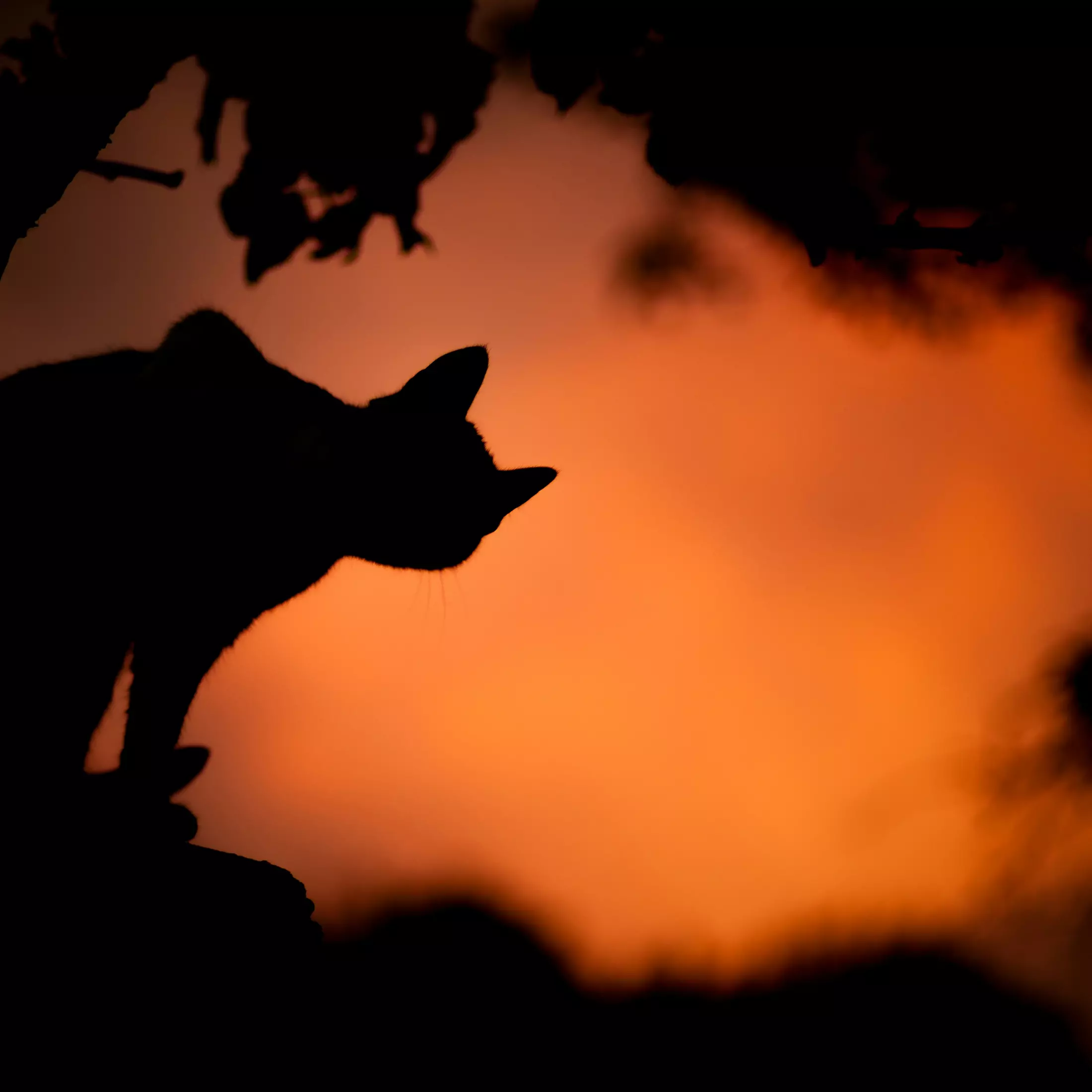

The Origins and Traditions of Halloween
Halloween is a fun holiday enjoyed by people of all ages. Choosing and assembling a costume is a favorite fall ritual and of course trick-or-treating is especially loved by kids who collect candy by the fistful from generous neighbors. But how did we get here and where did Halloween come from?
Swipe through to learn about the origins and traditions of Halloween.
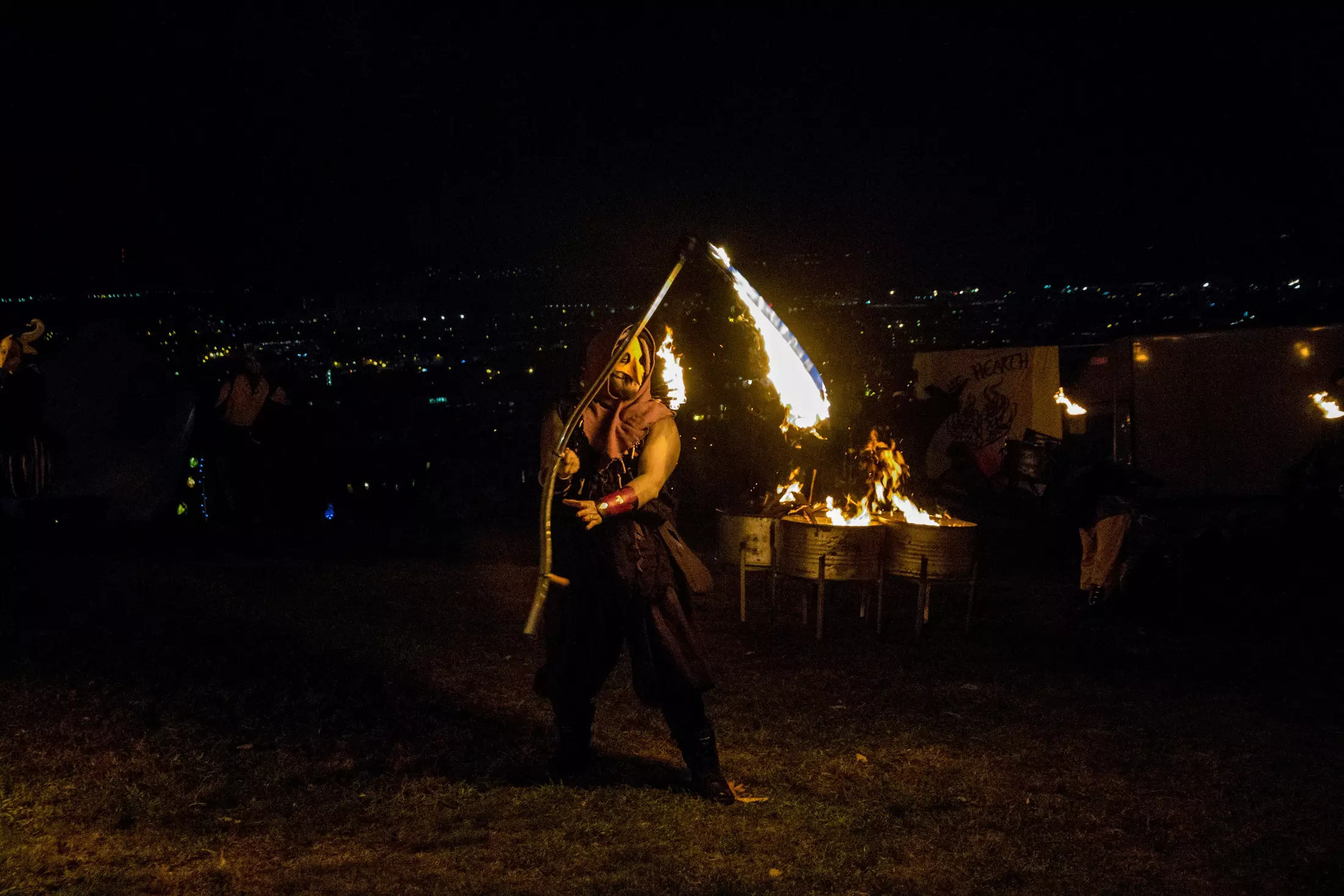
Celtic Festival
More than 2,000 years ago, Celtic people in central and western Europe celebrated Samhain (pronounced "sow-in"). These tribes believed that during this time between October 21 and November 1, the boundary between the living and deal was blurred, allowing spirits to cross over to the earthly realm.
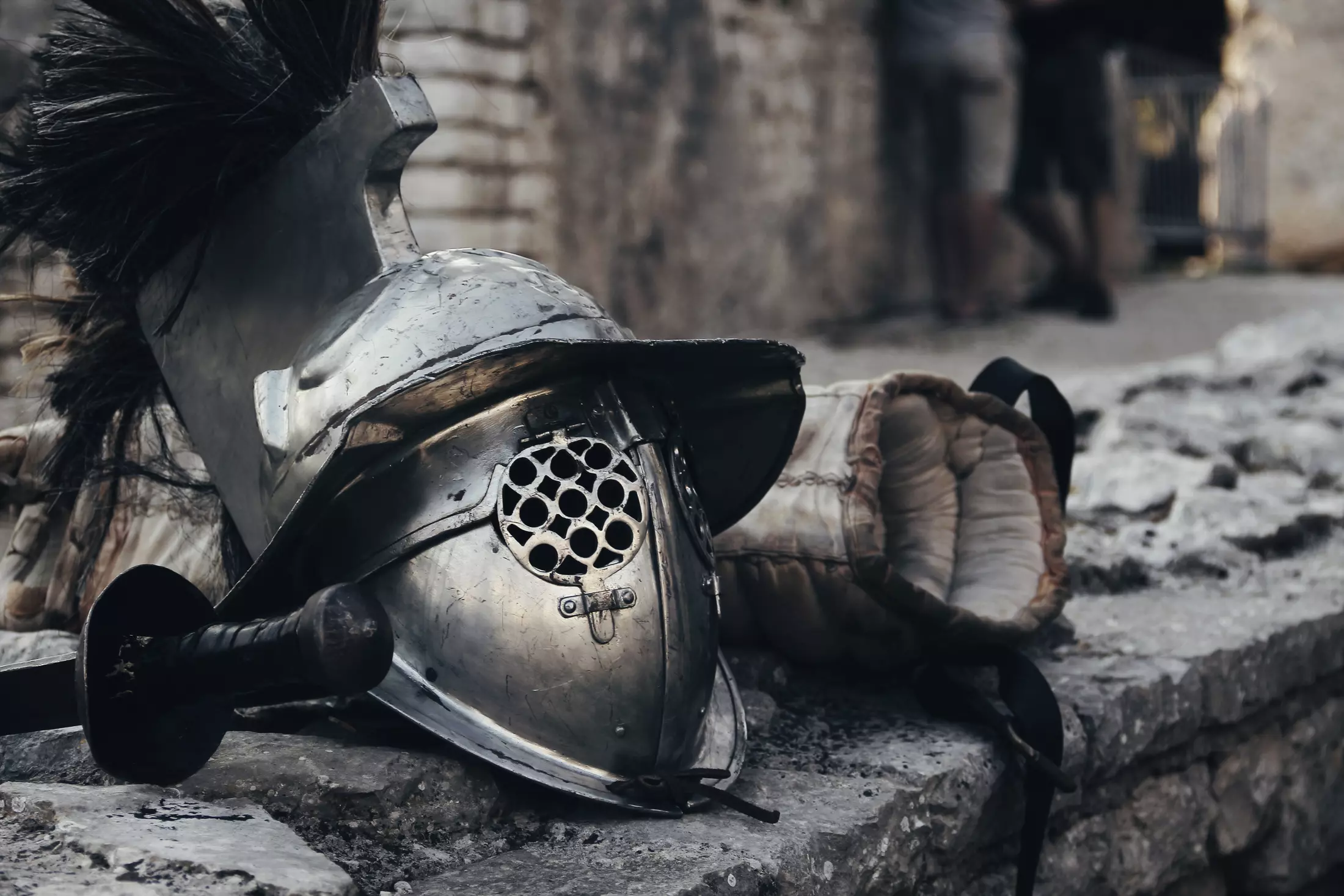
Roman Influence
As Romans moved into and conquered Celtic territories, their festivals came to bear influence on some of the Celt traditions. Feralia, for example, was a festival that honored the dead.
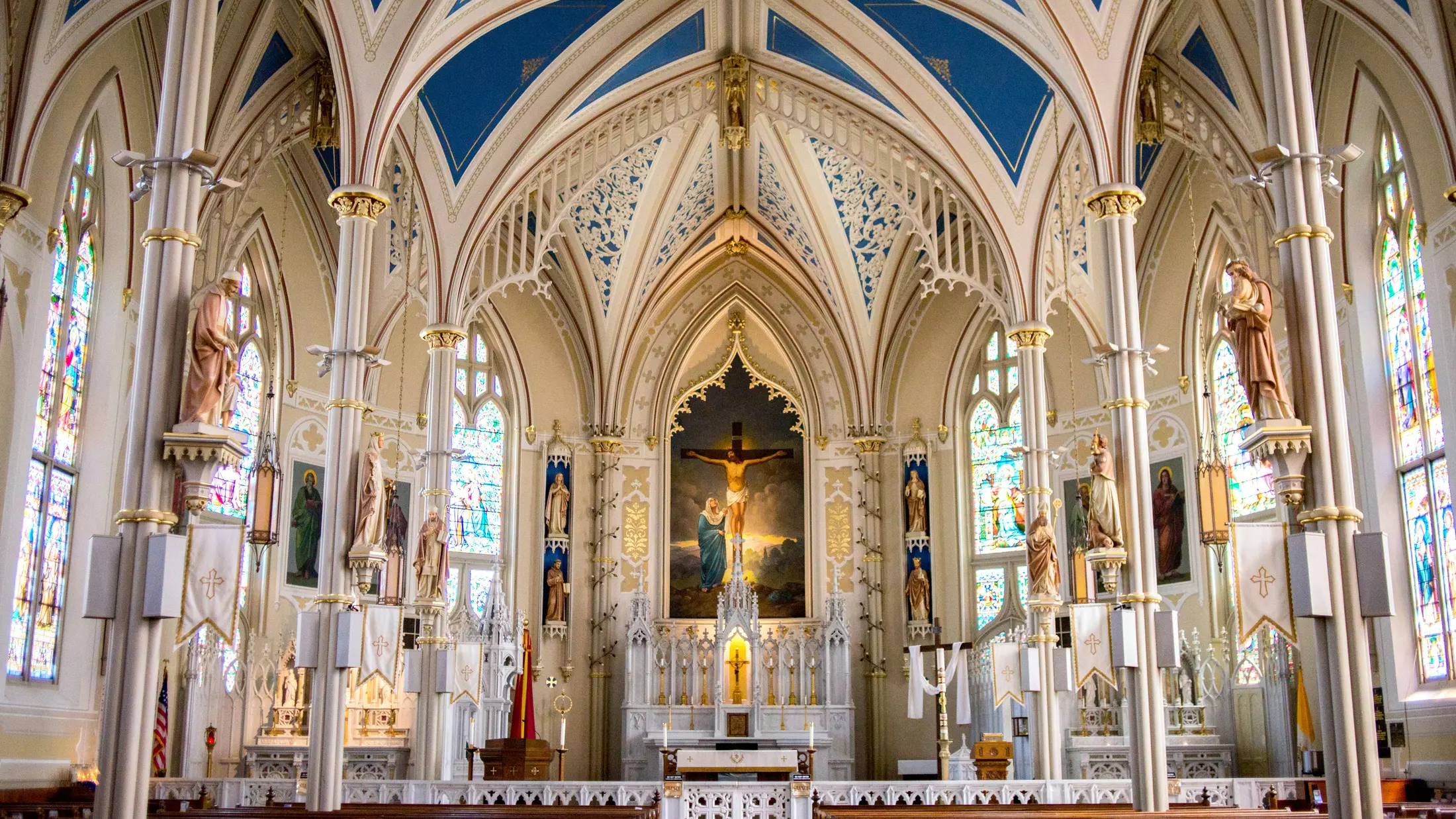
Christian Influence
In an attempt to replace or take over pagan holidays, the early Catholic church declared November 1 as All Hallows’ Day (it later became known as All Saints’ Day), and October 31 as All Hallows’ Eve. The latter of course, eventually evolved into Halloween.
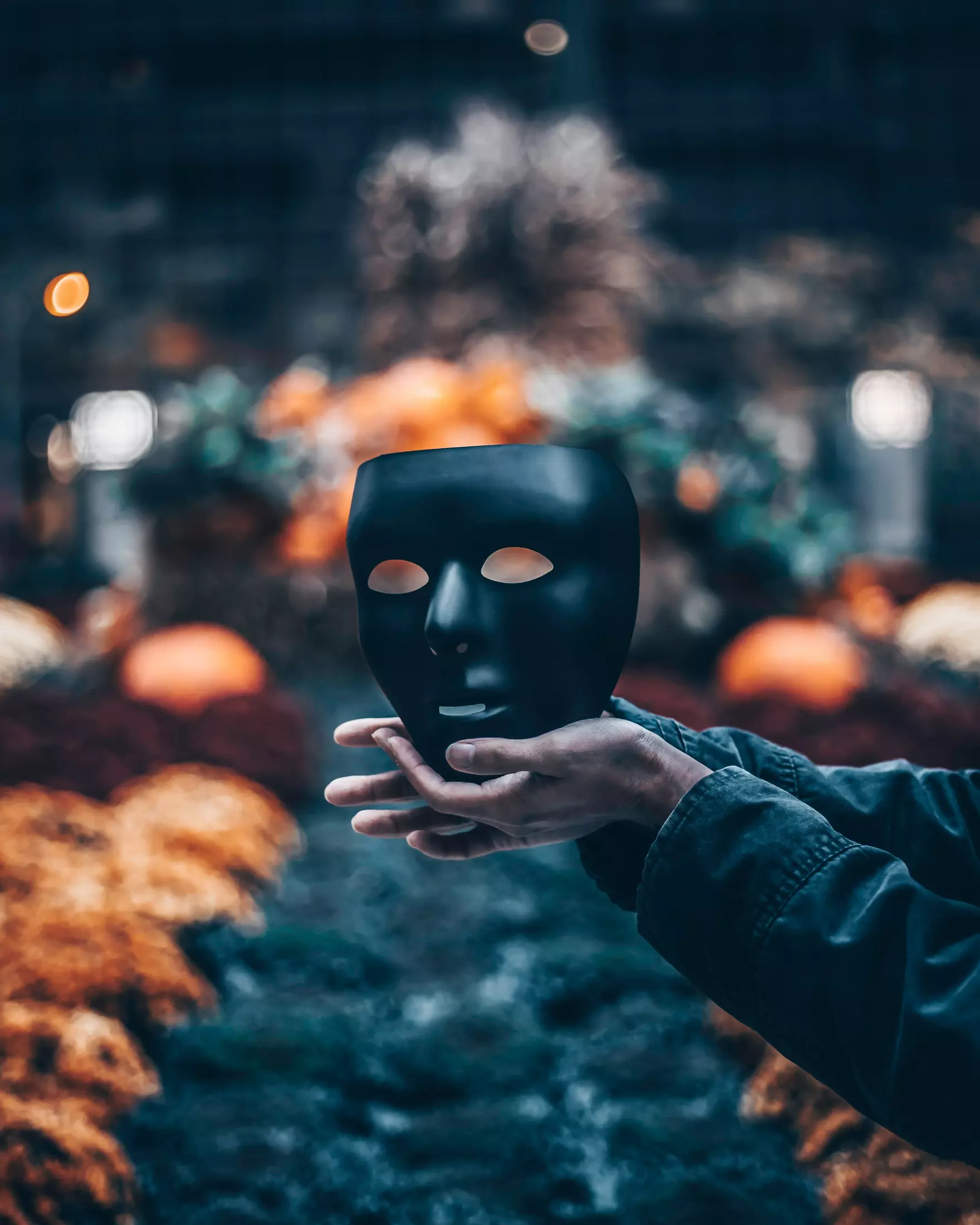
Costumes
During Samhain, people wore costumes to disguise themselves or to ward off evil spirits. While today’s revelers might dress as a frog or a firefighter, Celts probably wore animal skins and masks made of wood or bone.
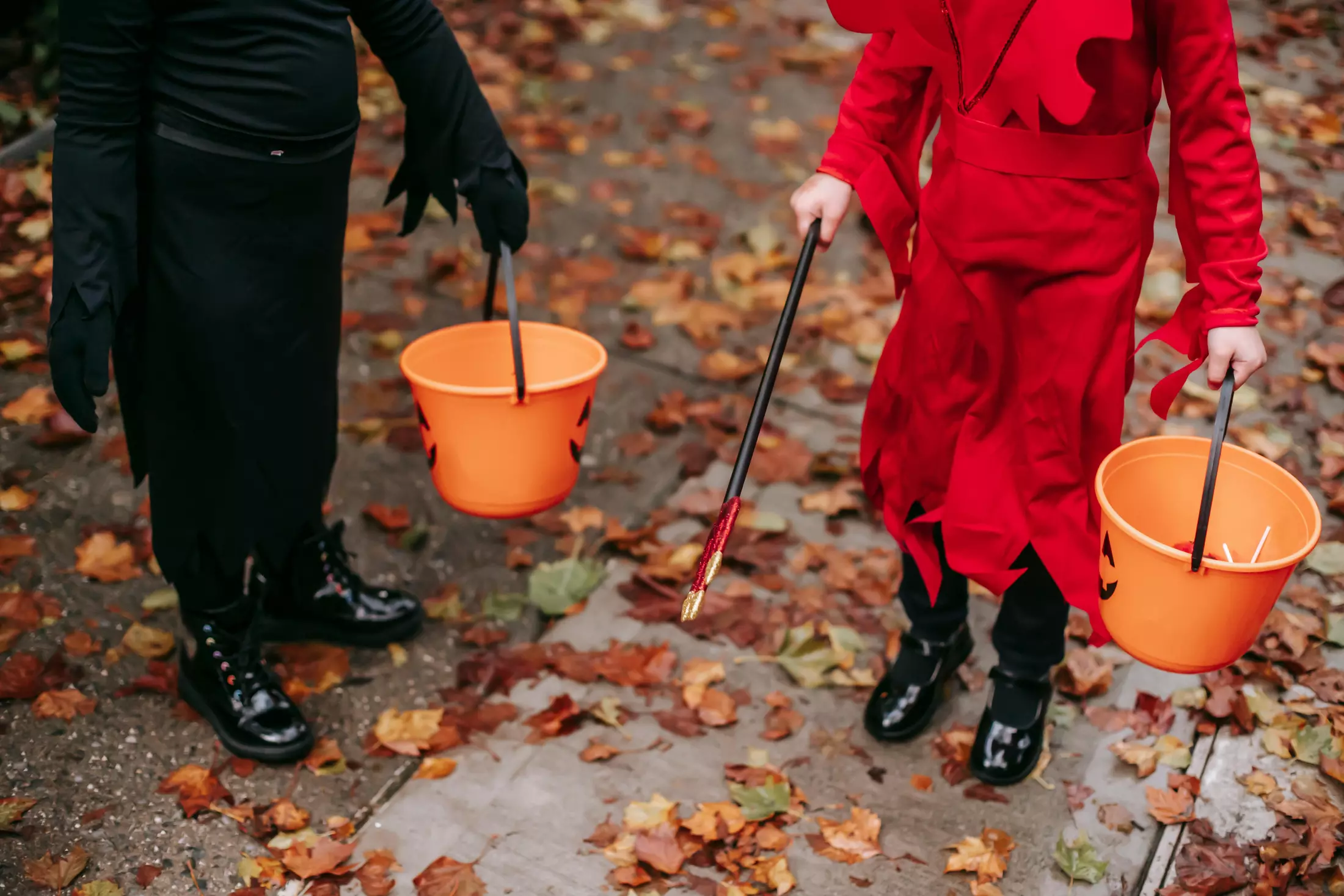
Trick-or-Treating
Modern trick-or-treating is believed to have descended partly from Samhain, when people would leave out food offerings for the spirits coming over. As the Romans took over, they introduced the practice of souling, where poor people went door to door, asking for food in exchange for prayers for the dead. This evolved into guising, where people performed tricks for treats, which eventually led to the modern version of trick-or-treating, popularized by Irish and Scottish immigrants in America.
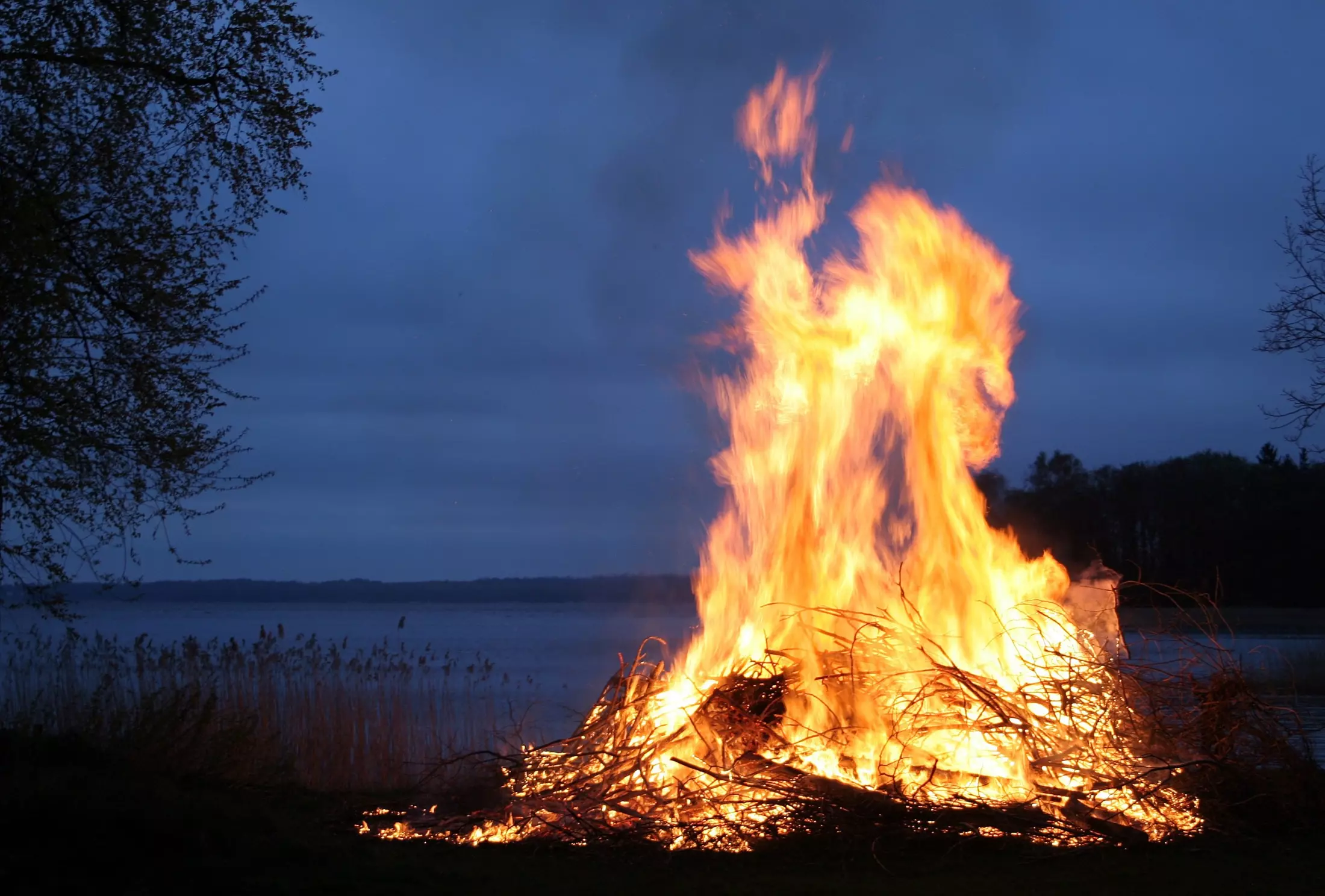
Bonfires
Giant celebratory fires held today on Halloween can also trace their origins back to Samhain. Revelers thought these big fires would have cleansing and protective powers.

Black and Orange
These two colors are everywhere on Halloween, but why? Again, Samhain. For the Celtic people, black represented the death of summer and orange was a nod to the colorful vegetables harvested at this time of year.